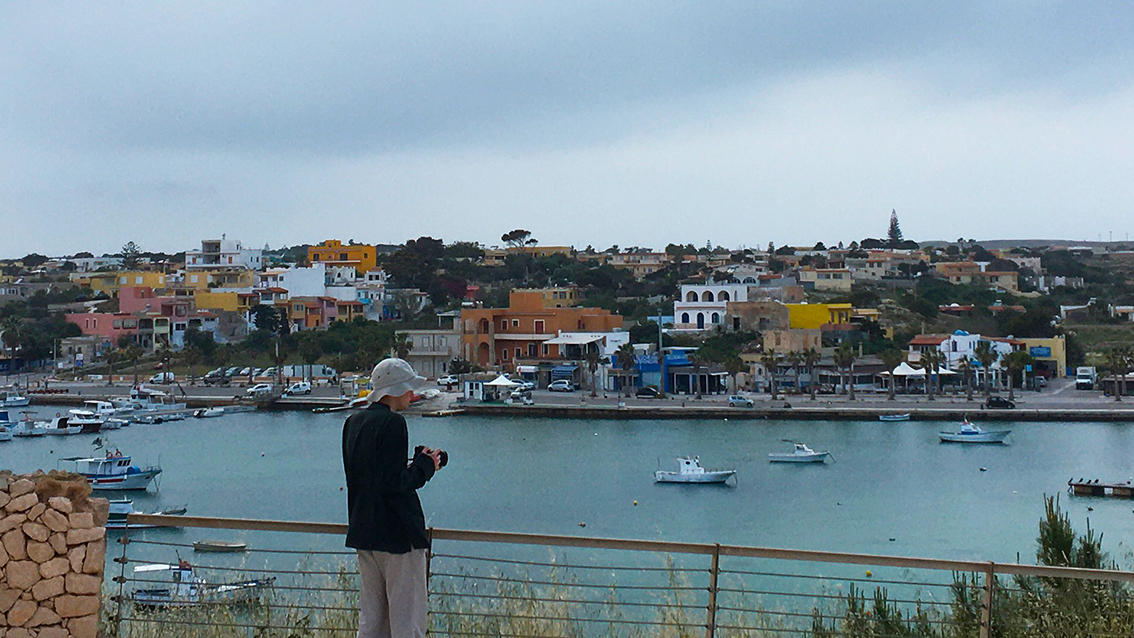Film/Audio documentary: Message to Your Best Friend
Download the methods
To download the methods, click here
Target group
No. of pax
Environment
Time needed
Materials
• Smartphones or cameras for video recording
• Notebooks, pens and pads for scripting
• Optional: Basic editing apps on phones
Objective/aim
• Develop skills in observational storytelling and documentary techniques
• Practice balancing objective reporting with personal perspective
• Explore documentary as a tool for sharing observations and as an inspiring action
Step by step instructions
Step 1
Introduction
10 minutes
• Explain the concept: creating a documentary message for a close friend
• Briefly discuss balancing factual reporting with personal reaction
Step 2
Location/Topic Selection & Script Development
20 minutes
• Participants quickly identify a place, situation, or issue to document
• Create a simple outline including:
• Where they are and what they are observing
• Key facts about the place/situation
• Personal reactions
• Possible solutions or next steps (if applicable)
Step 3
Technical Tips
5 minutes
Basic recording tips for smartphone video/audio:
• Hold your phone horizontally (landscape) unless you specifically need vertical footage.
• Natural light is your friend – position yourself so light falls on your subject’s face, not behind them.
• Get as close to your subject as possible – phone mics work best within 3-6 feet.
• Shoot in the highest resolution your phone offers and always start with a full battery and plenty of storage space. Bring a power bank for longer shoots.
• A reminder about ethical considerations when filming in public:
Consent and Transparency – Always identify yourself as a filmmaker and explain your project when approaching people. Avoid filming people in vulnerable situations even if they’re in public.
Cultural Sensitivity – Research local customs and cultural norms before filming. What’s acceptable in one community may be offensive in another.
Step 4
Recording/Filming
45 minutes
• Participants go to their chosen locations (ideally nearby)
• Record their documentary messages (aim for 2-3 minutes final length)
• Capture any supporting footage/audio
Step 5
Review and Basic Assembly
30 minutes
Return to the meeting space
• Review footage and select the best takes
• Simple arranging of material (minimal editing)
Step 6
Sharing & Reflection
10 minutes
• Watch/listen to the created documentaries
• Brief discussion on effectiveness and potential applications
Tips for the trainer
• Choose a location with several interesting documentary possibilities nearby
• Emphasise that technical perfection is less important than storytelling
• For an even tighter schedule, have participants work in couples where one films while the other one speaks
• Suggest having a simple structure: introduction, 3 key observations, personal reaction, conclusion
• Remind participants that shorter is often better – aim for clarity and impact
• Be mindful of filming people who may be experiencing homelessness, mental health crises, or other difficult circumstances.
• Just in case, make sure you have enough space to store your recorded material. Keep an eye on the weather and any sudden changes.
Alternative
Online implementation:
• Have participants document their immediate surroundings or a space visible from their windows
• Use video conferencing breakout rooms for small group planning
• Create screen recordings with voice-over for participants who prefer not to film physical spaces
• Share drafts of scripts in collaborative documents before recording
• Use a digital shared folder for submitting finished pieces
• During the sharing phase, use screen sharing to present the documentaries
• For reflection, create a digital feedback form in addition to verbal discussion
Comment
Source
Adapted from rapid documentary techniques used in mobile journalism training by Ivona Remundová


